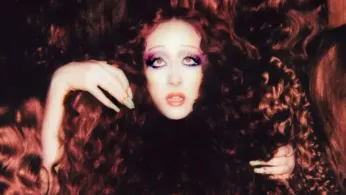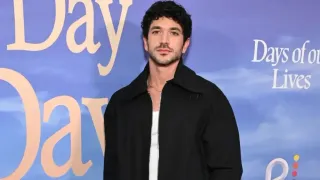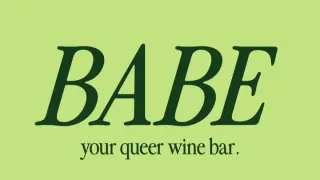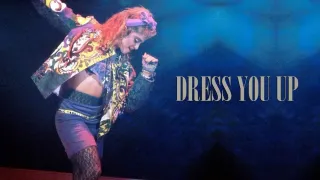
3 hours ago
Chappell Roan’s “Subway” Is A Sapphic Love Letter Set Underground
READ TIME: 3 MIN.
Chappell Roan, the breakout pop artist known for her unapologetic queer identity and theatrical visuals, has released “Subway,” a new single accompanied by a music video steeped in sapphic yearning and heartbreak. The song and video, released August 1, 2025, immediately drew attention for their explicit centering of lesbian desire and emotional vulnerability, marking another milestone in Roan’s growing influence as a voice for LGBTQ+ communities.
“The Subway” video opens with Roan traversing a neon-lit underground, her styling and body language evoking queer icons of the past and present. The narrative follows her as she moves through crowded train cars, each scene a vignette of queer intimacy and longing. Roan’s gaze repeatedly finds—and lingers on—women in the crowd, establishing the sapphic focus both visually and emotionally. The recurring motif of searching and unfulfilled connection serves as a metaphor for the complexities of queer relationships and heartbreak.
The video’s casting furthers its sapphic authenticity. Roan is joined by a diverse group of women and nonbinary individuals, their interactions ranging from fleeting glances to moments of palpable romantic tension. These sequences avoid the tropes of heteronormative music video romance, instead centering lesbian desire as normal and desirable. In interviews and on social media, Roan has spoken openly about her intent to create “a visual for queer girls, by queer girls,” a commitment reflected in every frame.
Produced and co-written by Dan Nigro (best known for his collaborations with queer and female pop artists), “The Subway” is lyrically dense with references to romantic grief, longing, and the disorienting aftermath of a breakup. Roan’s vocals oscillate between vulnerability and defiance as she sings about mourning an ex-girlfriend—a narrative that, while universal in its heartbreak, is made distinct by its lesbian specificity.
The video amplifies these themes visually: Roan’s character is shown reaching for, but never quite touching, the women around her, conjuring the ache of unrequited or lost love. Subway cars, typically anonymous and impersonal, become spaces of queer possibility and memory. These creative choices resonate with viewers for whom representations of queer women’s heartbreak remain rare in mainstream pop culture.
Chappell Roan’s “Subway” video arrives at a moment of growing demand for authentic lesbian and sapphic representation in music. By centering queer women’s experiences without compromise, Roan challenges the lingering marginalization of sapphic stories in pop media.
Critics and fans alike have praised the video for its specificity and visibility. Outlets such as Autostraddle have highlighted “Subway” as a rare example of a mainstream pop release that “lets queer girls be the main characters, not the subtext,” while Roan’s own statements underline her commitment to making music “for the girls who never saw themselves in the videos growing up.”
The song’s release has also sparked conversation on LGBTQ+ platforms about the need for more nuanced storytelling around lesbian relationships—moving beyond coming out narratives to address the everyday realities of queer love, loss, and hope.
Since its premiere, “Subway” has generated significant buzz on social media, with the hashtag #SubwaySapphics trending among LGBTQ+ audiences on platforms like Instagram and X (formerly Twitter). Fans have shared personal stories of resonance, emphasizing how Roan’s unapologetically sapphic perspective provides needed visibility and validation.
Music journalists and queer commentators note that Roan’s work joins a growing lineage of artists using their platforms to spotlight underrepresented queer identities. As one review in Harper’s Bazaar notes, “Roan’s subway isn’t just a place of loss—it’s a space for queer girls to see themselves, boldly, in the center of the frame.”
With “Subway,” Chappell Roan cements her status as a vital new voice for the LGBTQ+ community. The music video’s explicit sapphic elements—its narrative, casting, and emotional language—offer a template for what queer pop can be: honest, inclusive, and transformative. As Roan herself continues to break new ground, “Subway” stands as both an anthem of heartbreak and a celebration of sapphic love in all its forms.






